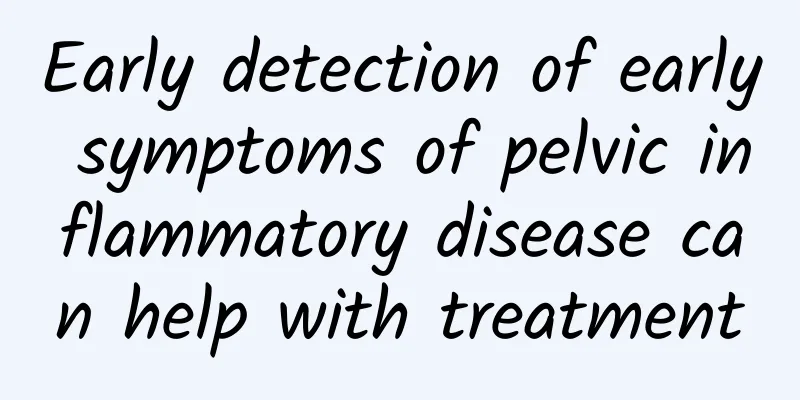How do patients with cervical precancerous lesions choose to undergo relevant examinations?

|
Cervical cancer is a disease that seriously harms women's health. This disease is very common. Once diagnosed with cervical cancer, it is very important to go to the hospital for treatment in time. What are the common methods for checking cervical cancer? The following will tell you about the common methods for checking cervical precancerous lesions. In general, the common methods of cervical cancer examination are: 1. Iodine test is one of the most common methods for checking cervical cancer. Normal cervical or vaginal squamous epithelium contains abundant glycogen, which can be dyed brown by iodine solution, while endocervical columnar epithelium, cervical erosion and abnormal squamous epithelial area (including squamous metaplasia, atypical hyperplasia, carcinoma in situ and invasive cancer area) have no glycogen, so they are not colored. In clinical practice, after exposing the cervix with a vaginal speculum, wipe off the surface mucus and apply 2% iodine solution directly to the cervical and vaginal mucosa. The uncolored area is positive. If an abnormal iodine-negative area is found, a biopsy can be taken from this area for pathological examination. 2. Biopsy of cervix and endocervical canal. All the cervical examinations in clinical practice are important methods for cervical cancer examination, but biopsy is the most reliable method for cervical cancer examination. When the cervical scraping cytology examination is a smear of grade III to IV or above, but the cervical biopsy is negative, four-point biopsy should be taken at 6, 9, 12 and 3 points at the junction of the cervical squamous column, or multiple tissues should be taken from the unstained area of iodine test and suspected cancerous sites, and sliced for examination, or a small scraper should be used to scrape the endocervical canal and send the scraped material for pathological examination. 3. Colposcopy. Colposcopy cannot directly diagnose cancer, but it can help select the biopsy site for cervical biopsy. According to statistics, if a biopsy can be taken with the help of colposcopy, the accuracy of early cervical cancer examination and diagnosis can reach about 98%. Vaginal microscopy can magnify 100 to 300 times. The cervix is stained with 1% toluidine blue to observe the cell structure. Cervical cancer examination is carried out according to the morphology, arrangement, size of the cells and the size, morphology, color depth and capillary images of the nucleus. The above is an introduction to the common examination methods for cervical cancer. I hope it will help you understand cervical cancer. Once you are diagnosed with cervical cancer, you must go to the hospital for treatment in time to avoid missing the best time for treatment. |
<<: Various examination methods for cervical precancerous lesions
>>: What tests should be done to determine whether there is cervical precancerous lesions?
Recommend
Is it normal for the right ovarian cyst to be echoless? Are there many symptoms?
Is it normal for a right ovarian cyst to be echol...
What are the clinical manifestations of cervicitis?
Cervicitis is a common gynecological disease, and...
What's wrong with bleeding one week after period?
What's wrong with bleeding one week after per...
Early treatment methods for cervical precancerous lesions
Cervical precancerous lesions refer to malignant ...
What are the treatments for ectopic pregnancy? Conservative treatments include
Ectopic pregnancy is treated conservatively, incl...
Can I eat persimmons during menstruation? What dietary issues should I pay attention to?
It is the season for persimmons to be on the mark...
Who in life will have an ectopic pregnancy
Ectopic pregnancy can be prevented through self-p...
Recognize the symptoms of vaginitis according to its type
In recent years, the incidence of vaginitis has b...
What are the symptoms of habitual miscarriage? Pay attention to these two groups of people who are prone to habitual miscarriage
Although the incidence of habitual miscarriage is...
What causes female cervical hypertrophy?
Cervical hypertrophy is usually caused by chronic...
What causes adenomyosis and how to prevent it
What causes adenomyosis? How to prevent adenomyos...
What to do with back pain during menstruation
What to do if you have lower back pain during men...
What harm is caused by the appearance of uterine fibroids?
The emergence of many gynecological diseases has ...
Dietary considerations for patients with oligomenorrhea
Dietary considerations for patients with oligomen...
What physical symptoms can ovarian cysts cause?
What are the signs of ovarian cysts? The initial ...









